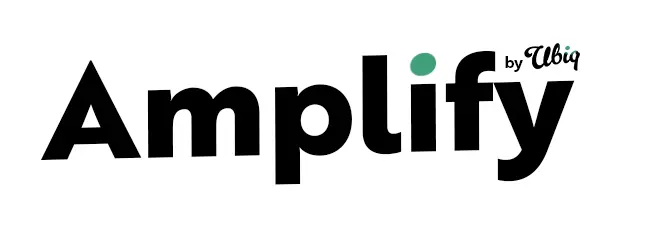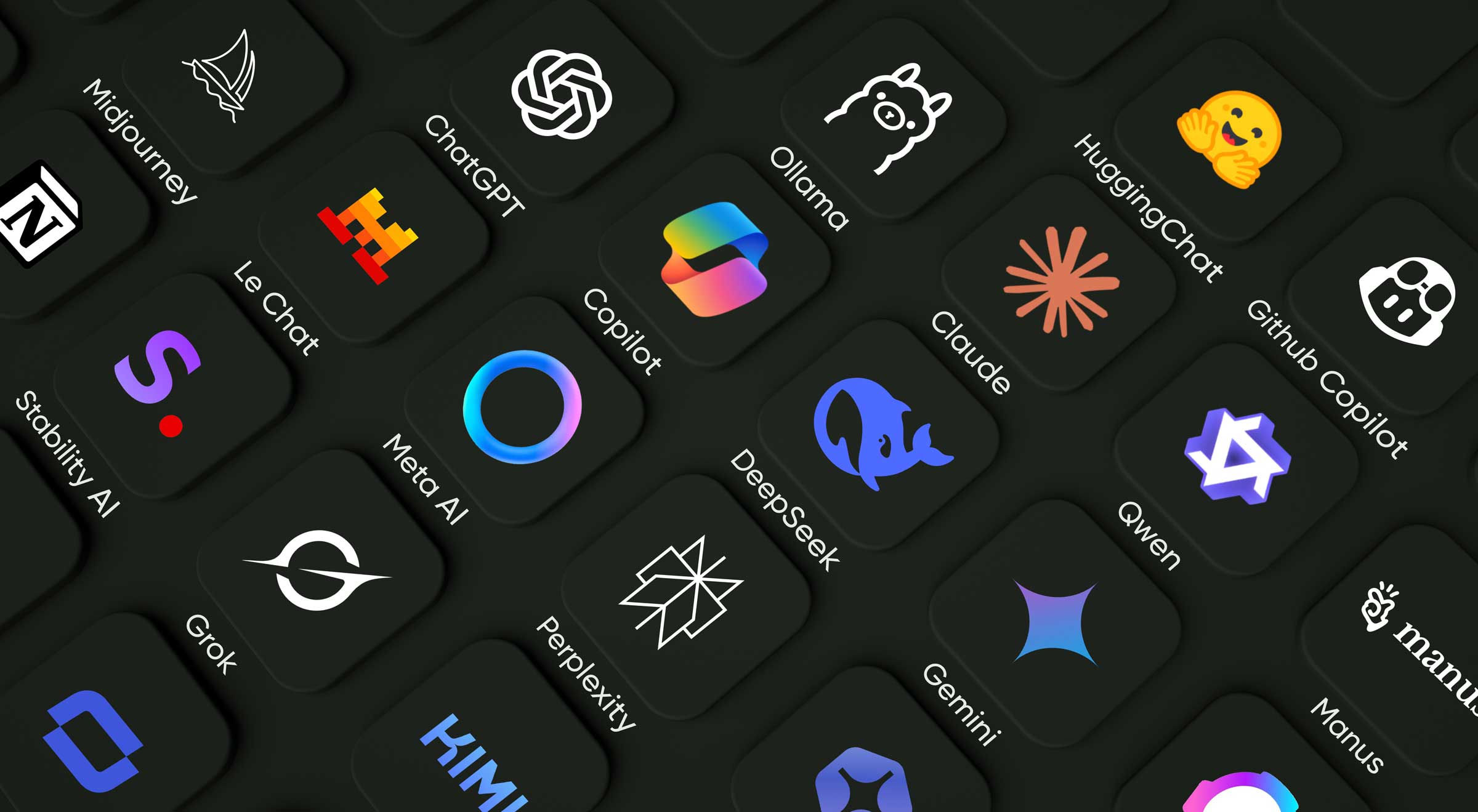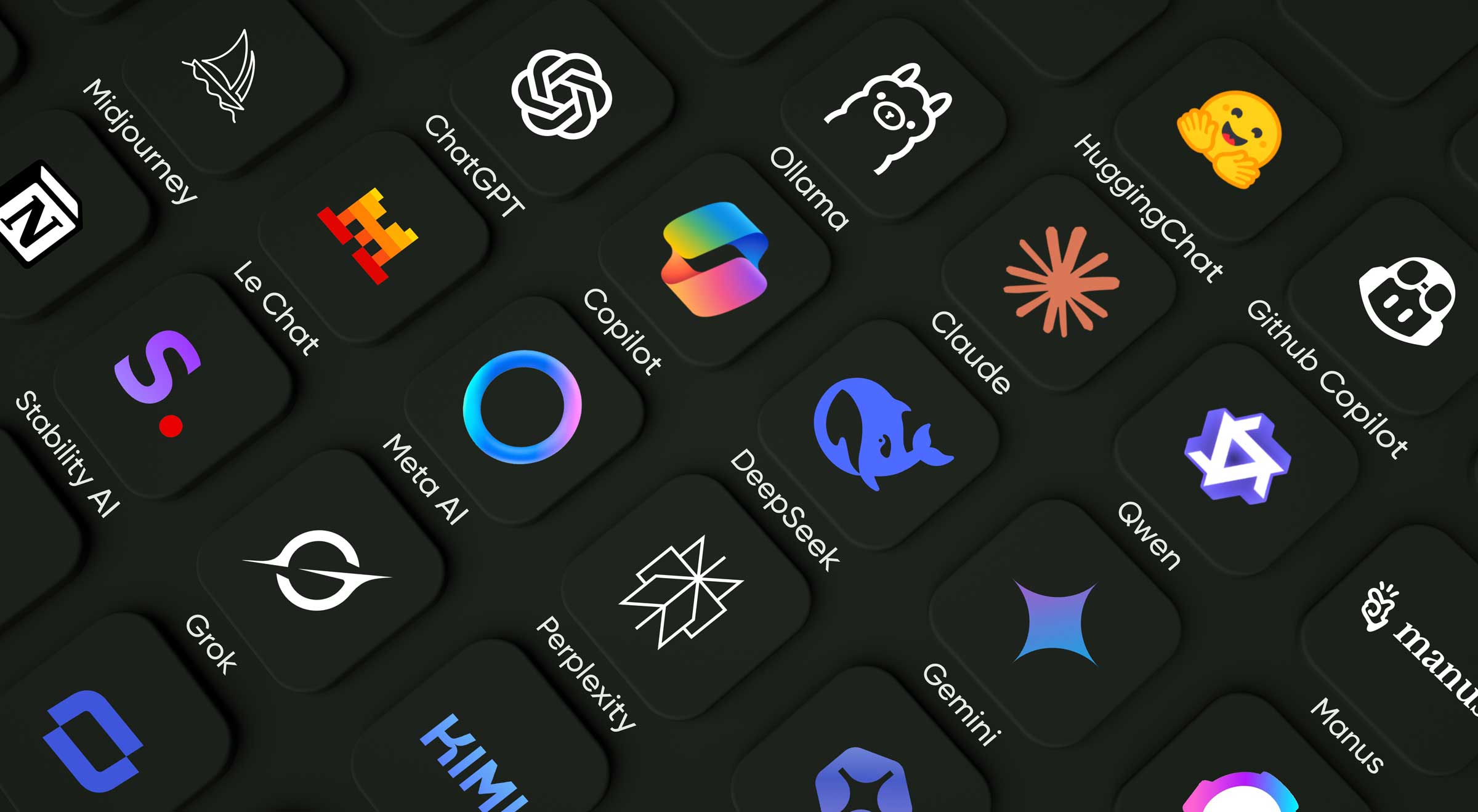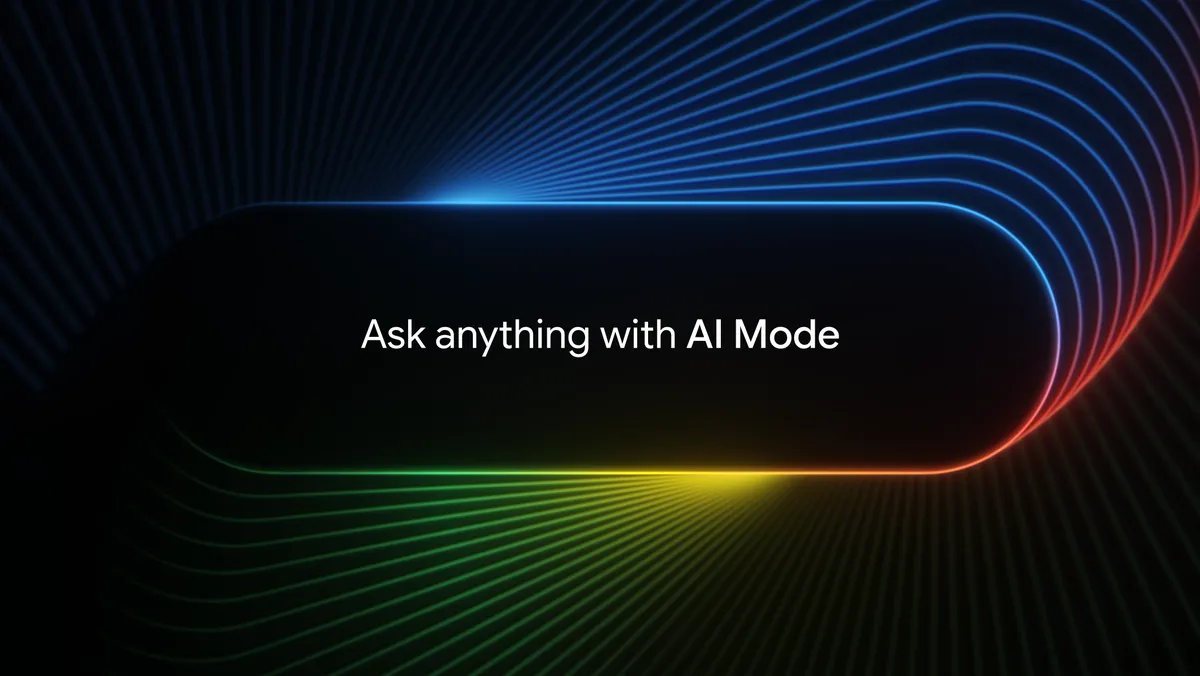Last Updated 24th June 2025
Remember when the biggest tech innovation in school marketing was switching from printed brochures to glossy websites? Those days feel positively prehistoric now.
The marketing landscape has evolved from direct mail campaigns to sophisticated digital ecosystems. And now we're witnessing the most exciting transformation yet: the integration of artificial intelligence.
ChatGPT and other AI tools aren't just changing how we work—they're revolutionizing what's possible for schools with limited marketing budgets and even more limited time.
School Marketers are often juggling admissions, parent comms, event planning, social media, and content creation. All with a sprinkling of limited budgets, last-minute requests, and helpful "input" from faculty members who believe everyone is a marketer 😉.
This is where AI becomes a game-changer. Whether you're marketing a small independent school in Vermont or a prestigious IB boarding school in Switzerland. AI is leveling the playing field in ways none of us ever imagined.
Grab a cuppa, and let's jump in.
WHAT THIS ARTICLE COVERS:
Understanding AI's Role in
School Marketing
Before diving into specific use cases, let's establish what artificial intelligence in school marketing actually means.
ChatGPT and other AI tools aren't here to replace your role. They aren't yet capable of the nuanced decision-making that most human roles require.
NB: This may well change when AGI (Artificial General Intelligence) milestones are met (gulp!).

For now, adoption is accelerating rapidly. Microsoft's 2024 study found 75% of global knowledge workers use AI at work, and that number is rising fast. In many cases, organizations aren't keeping up, so workers are bringing their own AI tech-stack with them (BYOAI). That means it's more important than ever to understand and evolve with this technology, or face dwindling outputs.
This isn't about letting AI take over marketing departments—it's about using various AI tools strategically for specific tasks. Here's a breakdown of the major LLMs and their key strengths:
| LLM | Strength |
|---|---|
| ChatGPT |
Quick brainstorming and ideation sessions |
|
Creating varied content formats from a single input |
|
| Social media content optimization | |
| Claude |
Long-form content like newsletters and blog posts |
| Detailed analysis of marketing strategies and messaging | |
| Coding projects such as email newsletters or website landing pages | |
| Gemini |
Integration with other Google Workspace tools |
| Multilingual content for international schools | |
| Perplexity |
Competitive research & Market Intelligence |
| Content research & Fact checking |
The goal is strategic deployment: ChatGPT for content generation and quick HTML email fixes, Claude for nuanced copywriting and complex coding projects, Perplexity for research—handling time-consuming tasks so teams can focus on strategy, relationship building, and the uniquely human elements that make schools special.
Think of AI as an incredibly efficient assistant that never needs breaks, doesn't call in sick, and can produce first drafts at any hour when inspiration strikes.
The key emphasis here is "first drafts". AI provides raw material that human expertise shapes into compelling marketing content.
Mastering
Prompt Engineering
Prompt engineering is quickly becoming one of the most valuable skills for school marketers leveraging AI tools. AI tools like ChatGPT, Claude, and Perplexity are powerful, but they’re not mind readers. The quality of its output hinges on the clarity and specificity of your instructions, known as prompts.
Understanding how to craft effective prompts not only accelerates your workflow but also ensures that the content you generate truly reflects your school’s unique voice and objectives.
The Four Essential Elements
- Be Specific and Detailed
Instead of "Write a blog post about open houses," try: "Write a 700-word blog post for prospective parents highlighting our fall open house, focusing on our STEM program and community atmosphere. Use a warm, inviting tone." - Iterate and Refine
Research shows marketers need an average of three prompts to get desired results. Don't expect perfection on the first try—adjust based on the AI's output. - Protect Sensitive Information
Never include personal or confidential data. Use placeholders instead of real names or financial information to safeguard your community's privacy. - Collaborate, Don't Delegate
AI is your creative partner, not a replacement. Use it to jumpstart ideas, but always apply your professional judgment to ensure your school's unique voice shines through.
Advanced Tactics That Work
-
Role Assignment
"Act as the communications director for [Your School]..." helps generate content aligned with your perspective -
Multi-Step Prompts
Break complex requests into stages. For example, first ask for an outline, then request a draft. -
Reference Integration
Provide links or excerpts from your school's previous campaigns to guide style and substance
Top AI Use-Cases For
School Marketing
Writing School Blog Posts
Let's be honest—you know you need compelling, creative writing that's also SEO-optimized, but the reality is that writing effective blog copy is a time-consuming process that often gets pushed to the bottom of your ever-growing to-do list.
Here's where AI becomes your secret weapon. While you still can't produce 100% publication-ready content through prompting alone (sorry, we're not quite living in The Jetsons yet), AI can dramatically reduce your time-to-publish and give you a solid foundation to build from.
We've refined some incredibly effective methods to get your content drafted at lightning speed. The secret sauce? Really nailing down your brief. A little prep work upfront saves hours of revision later.
Step 1 - Create an Outline
As with traditional writing approaches, it's a good idea to start by creating an outline. This is effectively like your first stab at a table of contents for the article.
Step 2 - Define your objectives
To write an effective AI prompt, it's good to be as precise as possible about your needs. Here are some great questions to ask yourself:
- Does your piece have an SEO focus? If so, what are the keywords you'd like to incorporate?
- Do you have a specific angle or opinion the school is taking on the subject matter?
- Is this content competing with other similar pieces of work?
- Do you have specific references and resources you'd like to use?
- Do you have a brand voice you'd like used?
- Who is the target audience?
Once you've ironed these elements out, you'll be in a great position to get AI involved. It's all the details above that will help AI produce a comprehensive first draft, to lighten your load.
Step 3 - Prompt your AI
As mentioned, when it comes to creative writing and storytelling, we've found Claude the most competent LLM for long-form writing tasks.
When you have a clear set of objectives in mind, it's time to put them together in a concise prompt:
Prompt Example:
"Claude, you're an expert copywriter for [insert school name]. Today, you're writing a blog post about [insert topic here]. The article should cover [insert your outline]. The school's philosophy emphasizes [insert school's viewpoints]. Some competing pieces on the topic and references that you can use for inspiration include [insert links to competing articles].
The article should be SEO optimized, naturally weaving in the following keywords throughout headings and body content [insert keywords]. Past that, please be sure to make it [insert tone/brand guidelines e.g., conversational but authoritative]. The word count should be a minimum of [1500 words]."
Step 4 - Refine the work
Social Media Strategy & Content Calendar Planning
Social algorithms have evolved, and whilst simple hacks like timing your posts still play a part, building content that resonates is key.
ChatGPT can help you build a comprehensive content calendar that aligns with your school year, enrollment timeline, and community events. All while maintaining variety and engagement.
Prompt Example:
"You are a social media strategist for [School Name], a [type of school] with [X] students. Help me create a 3-month social media content calendar that balances:
1/ School Context.
We're currently in [season/semester] and our key upcoming events include [list major events]. Our target audience is [specific parent demographics]. Our main enrollment periods are [timing]. Our school's key differentiators are [unique programs, philosophy, etc.].
2/ Content Requirements:
Post frequency should be [X number of posts] per week across platforms. The mix of content types should focus on [% split for content focus]. Platforms to include are [Instagram, Facebook & TikTok]. Avoid overly promotional content—focus on storytelling and community building
Make it feel authentic to our school community, not like generic education content. Include specific post concepts, optimal days for posting, and hook ideas we should leverage. It should support our enrollment funnel without being pushy. Organize your response in a weekly table format."
The result? A strategic roadmap that ensures you're posting with purpose. If you're committed to putting your new plan into action, we'd suggest the following workflow to stay organised:
- Weekly review: Review your AI-generated calendar and adapt for the week's specific events
- Content Creation: Use AI to draft posts, then add your school-specific details and authentic touches
- Visual Planning: AI can suggest photo/video concepts, but the authentic moments come from your community and real rich media.
- Analysis: Analyze what worked and keep a running list of "content goldmines". These could be particularly successful posts, or collective topics (such as recurring events, popular teachers, and unique programs) that always generate engagement.
- Automated Ad placements: Analyze what worked and keep a running list of "content goldmines". These could be particularly successful post
Always add your personal touch. AI gives you the structure, but your school's personality makes it authentic. The goal isn't to let AI run your social media. It's to give you the strategic foundation and creative starting points so you can focus on what really matters: building genuine connections with your school community and showing prospective families what makes your school special.
Email Marketing With AI
You've probably already guessed that AI can help write your emails. But have you considered the other ways it can streamline your entire email marketing workflow? Our favorites include:
- Segmented Copy Variations: One of the most powerful applications is creating targeted content for different audience segments. Feed Claude or ChatGPT your base email content along with details about your different audiences (prospective parents vs. current families vs. alumni), and it will craft tailored versions of the same message to improve engagement and conversion rates.
- A/B Testing and Optimization: Many email marketing platforms now integrate AI to seamlessly test subject lines, send times, and calls-to-action directly from your dashboard. Tools like Mailchimp and Constant Contact can automatically optimize your campaigns based on performance data.
- Data Cleanup and Validation: AI can quickly validate email addresses, ensuring correct formatting, domain verification, and filtering out disposable or temporary addresses. This prevents bounce rates and reduces the risk of being flagged as spam.
- Custom Email Coding: While most platforms offer drag-and-drop editors, custom templates often perform better. Instead of wrestling with HTML and CSS, you can ask AI to code responsive templates complete with your platform's specific personalization tags—no migraine required.
- Subject Line Generation: Generate multiple subject line variations optimized for different segments, seasons, or campaign goals. AI can analyze your past performance data to suggest what works best for your audience.
- Automated Nurture Sequence Design: AI can map out a series of strategically timed emails that guide prospective families from initial interest to enrollment. Input your school's unique selling points, application timeline, and typical parent concerns, and AI will design a sequence that addresses objections, highlights key benefits, and includes appropriate calls-to-action at each stage. It can even suggest optimal timing between emails and personalization opportunities based on inquiry source (website form, school tour, referral, etc.).
Prompt Example:
"You are an email marketing expert for [School Name], a [type of school and students served]. Create a 5-7 email nurture sequence. It should acknowledge their specific inquiry, address common parent concerns about [2-3 key concerns], and highlight our [unique benefits] relevant to their child's grade level.
For context, this inquiry came from [website form/school tour/referral/open house] for [specific grade or range]. The family appears to be [just exploring/actively comparing schools/ready to apply].
Make it feel authentic to our school community, and ensure it supports our enrollment funnel without being pushy. Provide the email sequence in a table format with subject lines, key messaging points, and personalization suggestions for each email."
Search Engine Optimization With AI
On-Page SEO at scale
One of the most tedious yet crucial SEO tasks is ensurign your pages have unique, titles and their appropriate headings for every page of your school website. Given the right parameters, AI can efficiently handle this. A great multi-stage approach to this is:
- As your favourite AI tool to scan your website and produce a table of the properties you want to alter (e.g. a table of your site urls, with columns for the page titles, H1 tags, and meta descriptions).
- You could then export the table and sense check that your pages are targeting the correct keywords
- Then pass the table back to AI with some alterations and suggestions you want to see. For instance, Remove any duplicate H1's and provide new suggestions.
This sort of work still requires a good underpinning of SEO tactics and techniques, but can save you a great deal of time.
Content Gap Analysis
AI tools like Perplexity and Deepseek can research what topics competitors are covering and identify content opportunities. This research capability helps schools discover underserved search queries and content gaps in their marketing approach.
SEO Copywriting
As highlighted earlier in the article, AI tools like Claude can be fantastic at supporting your content production. That being said, for SEO copywriting there are advanced tools available like Frase.io, AHREF's AI content writer, or the inbuilt content tools SEMRush has to offer.
They have the advantage of understanding the complex nuances of SEO and will show you in real time, which topics you need more coverage on to win in SERPs.
Image Editing
Adobe's Generative Expand
If you've been working with schools for any length of time, you'll recognize this scenario: you have that perfect shot—students engaged, lighting beautiful, expressions genuine—but it just won't fit your website banner without cropping out half a pupil's head.
Adobe's Generative Expand has fundamentally changed this game. Available in Photoshop and Firefly, this tool allows you to seamlessly extend images beyond their original boundaries. That stunning classroom photo that would have been relegated to the "almost perfect" folder? Now it can be expanded to fit any format requirement, maintaining the visual integrity while giving you the flexibility you need across different marketing channels.
Adobe's Generative Fill
We've all been there with the "would have been perfect, but..." scenarios. The photoshoot went brilliantly, except:
- One student blinked at the crucial moment
- A uniform detail wasn't quite right
- An unwanted object appeared in the background ✌️
- The lighting created an unfortunate shadow
Rather than reshooting or settling for subpar images, schools can now use Generative Fill to make precise adjustments. Simply select the problematic area, describe what you'd like to see instead, and watch as AI seamlessly integrates your changes. This means your investment in professional photography goes much further, and those expensive photoshoots deliver the versatile, polished images your marketing materials deserve.
Practical Implementation Tips:
- Always work on copies of your original files to preserve the authentic shots
- Use these tools to enhance, not completely fabricate, your school's story
- Consider having your marketing agency handle these edits if you lack Adobe Creative Suite access—the efficiency gains make it cost-effective for most projects.
Analytics & Data Analysis
Here's the thing about school marketing metrics: they're different from traditional e-commerce sites. Generic marketing KPIs matter. But when you're dealing with enrollment cycles that span years and decisions that involve entire families, you need a more nuanced approach to data analysis.
Survey Analysis That Leads To Meaningful Insights
Most schools are sitting on goldmines of feedback data that never gets properly analyzed. Parent surveys, prospective family questionnaires, alumni feedback: it's all there, but who has time to dig through hundreds of responses looking for patterns?
AI can transform this process. Instead of manually sorting through feedback, you can feed survey responses into tools like Claude or ChatGPT and ask for pattern identification, sentiment analysis, and even suggested follow-up strategies. For example:
"Here are 150 responses from our recent parent satisfaction survey. What are the top three concerns that keep coming up, and what specific language do parents use when they talk about these issues? Also suggest how we should address each concern in our next newsletter."
The result? Actionable insights that inform everything from your next marketing campaign to operational improvements that actually matter to your community.
Competitive Analysis
We've all spent hours clicking through competitor websites, trying to figure out what they're doing differently. AI can streamline this process dramatically, while giving you deeper insights.
Feed AI information about competitors' messaging, program offerings, and positioning, then ask it to identify market gaps or unique positioning opportunities. This isn't about copying what others are doing. It's about finding your school's distinctive voice in an increasingly crowded market.
Automating Data Workflows with AI
One of the most powerful applications we're seeing is using AI to connect disparate data sources through platforms like Zapier. Instead of manually transferring information between your CRM, email platform, social media scheduler, and analytics tools, you can prompt AI to create automated workflows that do the heavy lifting.
For example, you might set up a workflow where:
- New inquiry form submissions automatically trigger personalized follow-up email sequences,
- Your CRM is updated with lead scoring,
- Or even where new social media content is generated based on increased interest in specific programs or grade levels.
The beauty is that you don't need to be a technical expert. You can prompt directly within tools like Zapier to help you design these workflows.
The Future of AI in School Marketing: What's next?
The AI tools available today are just the beginning. Some of the already emerging tech includes:
- Advanced personalization capabilities,
- conversational analytics,
- AI replacing search engines,
- predictive enrollment forecasting,
- and sophisticated automated campaign optimization
Schools that start experimenting thoughtfully now (while these tools are still widely accessible) will have significant advantages as the technology matures and becomes more sophisticated.
But here's what won't change: families still choose schools based on relationships, community, and trust. The most successful schools won't be those with the biggest marketing budgets or the most advanced AI tools. They'll be the ones that use technology to amplify their authentic strengths while staying true to their educational mission.
A Word of Caution
As exciting as these possibilities are, remember that AI in school marketing should enhance human connection, not replace it. The schools thriving in the next decade will be those that thoughtfully integrate new tools while keeping their focus on what really matters: educating children and building community.
A Roadmap For Getting Started
If you've made it this far, you're already thinking more strategically about AI than most schools. Here's how to begin without overwhelming your team or compromising your school's authentic voice:
- Week 1-2: Identify Your Pain Point:
Choose one area that consistently creates bottlenecks. Maybe it's social media posts that never get published, newsletters that are always rushed, or blog content that never happens because there's no time. Start there. - Week 3-4: Experiment Iteratively
Use AI for brainstorming and generating first drafts of content. Ensure everything still gets reviewed, personalized, and approved by human team members who understand your school's unique culture and community. - Month 2: Document What Works
Keep a running record of prompts and approaches that generate useful results. This becomes your team's AI playbook, specific to your school's voice, values, and marketing challenges.
Month 3: Expand Thoughtfully
Once one area is working well, consider where else AI might solve specific problems. But resist the temptation to automate everything. The goal is strategic enhancement, not wholesale replacement of human judgment.
Make sure everyone understands both the remarkable capabilities and current limitations of AI tools. This isn't about becoming tech experts—it's about knowing when and how to leverage these tools for maximum impact while maintaining the personal touch that makes school marketing effective.
The Bottom Line
School marketing with AI isn't about replacing the human elements that make education special. It's about freeing up time and mental energy to focus on what really matters: building relationships, creating authentic community, and helping families understand why your particular school is the right choice for their children.
The schools that will thrive aren't those that resist change—they're the ones that embrace new tools while staying laser-focused on their core mission. AI can help you reach more families more effectively, but it's your school's unique culture, values, and educational approach that will ultimately convince them to choose you.
Now stop reading about it and start experimenting. There are families out there right now searching for exactly what your school offers—AI can help you connect with them more effectively than ever before.
Looking for
Marketing Support
Whether you need a strategic sounding board, or specialist advertising support to boost
your admissions inquiries, reach to our friendly team for expert, no-obligation advice.
 |
Author: Gretlin Aumre, Director of Services Gretlin has spent the last 15 years in marketing, both agency and client-side, and has a rich understanding of content marketing, SEO, and digital advertising. With significant experience in the education sector, Gretlin joined Amplify in May 2024 as Director of Services. She now supports schools worldwide in amplifying their enrollment strategy. |













